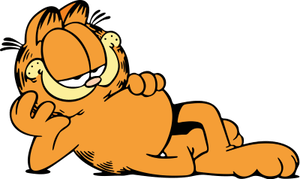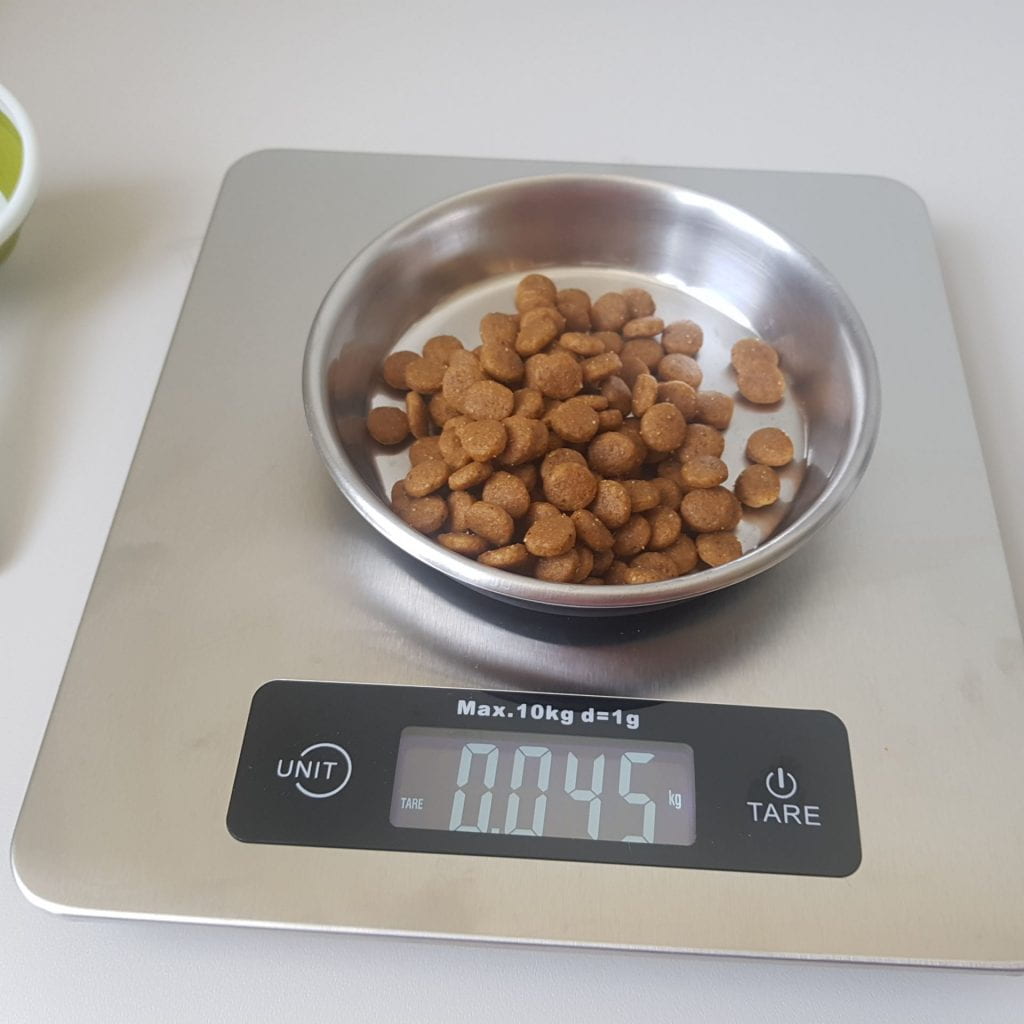Have You Heard of The Garfield Syndrome? June 19th is National Garfield Day!

Garfield is a love-able cartoon cat who makes us laugh with his non-stop love for food and it appears that he is not alone in his unquenchable appetite! The Garfield Syndrome refers to the obesity epidemic occurring in our furry feline friends.
Obesity is a major concern when it comes to the pets who share our homes, because it can have life-long consequences. Over 60% of cats across North America are estimated to be overweight or obese according to the Association for Pet Obesity Prevention. Like Garfield, chubby cats can appear cute, however it is detrimental to their health and welfare. Excess body fat puts our pets at risk for serious diseases like diabetes, osteoarthritis, and urinary disorders. When these conditions linger or become chronic, there’s much more stress on cat owners and a decreased quality of life for their cats!
There are a lot of misconceptions about what an obese cat looks like, with many owners underestimating the problem with their cats. An easy way to tell if your cat is obese is to first assess body condition. The World Small Animal Veterinary Association (WSAVA) established scoring guidelines for cats, and their charts are readily accessible at the WSAVA website. You can use the pictures and written descriptions from the chart to assign your pet a body condition score (BCS) from 1 to 9, where one is very thin and 9 is obese. Healthy cats should have a BCS of 5 out of 9. This is a simple way for pet owners to identify if there is an issue.

If you believe your cat is overweight, obese, or you’re unsure, your family veterinarian can help. The veterinary health care team can help you navigate different treatment plans that best suit you and your pet. The idea behind a successful weight loss plan is to shift the cat’s energy balance; less energy (or food) should be eaten than the energy that gets used each day. There are many ways to accomplish this shift and the OVC Nutrition Team has a few tips we can share to get you started. Our very first tip is this: for healthy weight loss in cats (and dogs), it is paramount that you contact your family veterinarian to ensure your pet is healthy before proceeding with a weight loss plan.
Other helpful tips for keeping your pet active and healthy:
1. Food toys can be a novel and fun way to make meal-time last a little longer. Why? Because with some food toys, your pet actually has to slow down while eating; there are other food toys that can also help increase your pet’s physical activity. You can try getting your cat to ‘work for their food’ in other ways, too, like elevating the food bowl on a high perch, or hiding pieces of food around the home.
2. For many cat owners, play time can be difficult, but finding a toy that you and your pet enjoy can increase your cat’s activity level and further build that special bond between both of you.
3. Unlike dogs, cats sometimes forget to stay hydrated. Cats tend to prefer cleaner water and many like running water, so consider using a fountain-style water dish. No matter what kind of water bowl is used, pet owners should always keep fresh, clean water available for their pets.
4. Talk to your veterinarian about food choices, because veterinary therapeutic weight loss diets have been formulated to be enhanced with essential nutrients. This means they can be fed in smaller quantities while still meeting the pets’ nutritional requirements. The same cannot be said for over-the-counter foods that are marketed for weight management. Ask your veterinarian which food is best for your pet.
5. Knowing how much food you are feeding your pet is also important. Try using a gram scale instead of a measuring cup, because this will ensure that you are feeding the most accurate amount each day. Adopting the use of a gram scale is an easy way to make sure you don’t over- or under-feed your cat.

Written by Hannah Godfrey, BScH, MSc Candidate



4 thoughts on “The Garfield Syndrome”
Comments are closed.